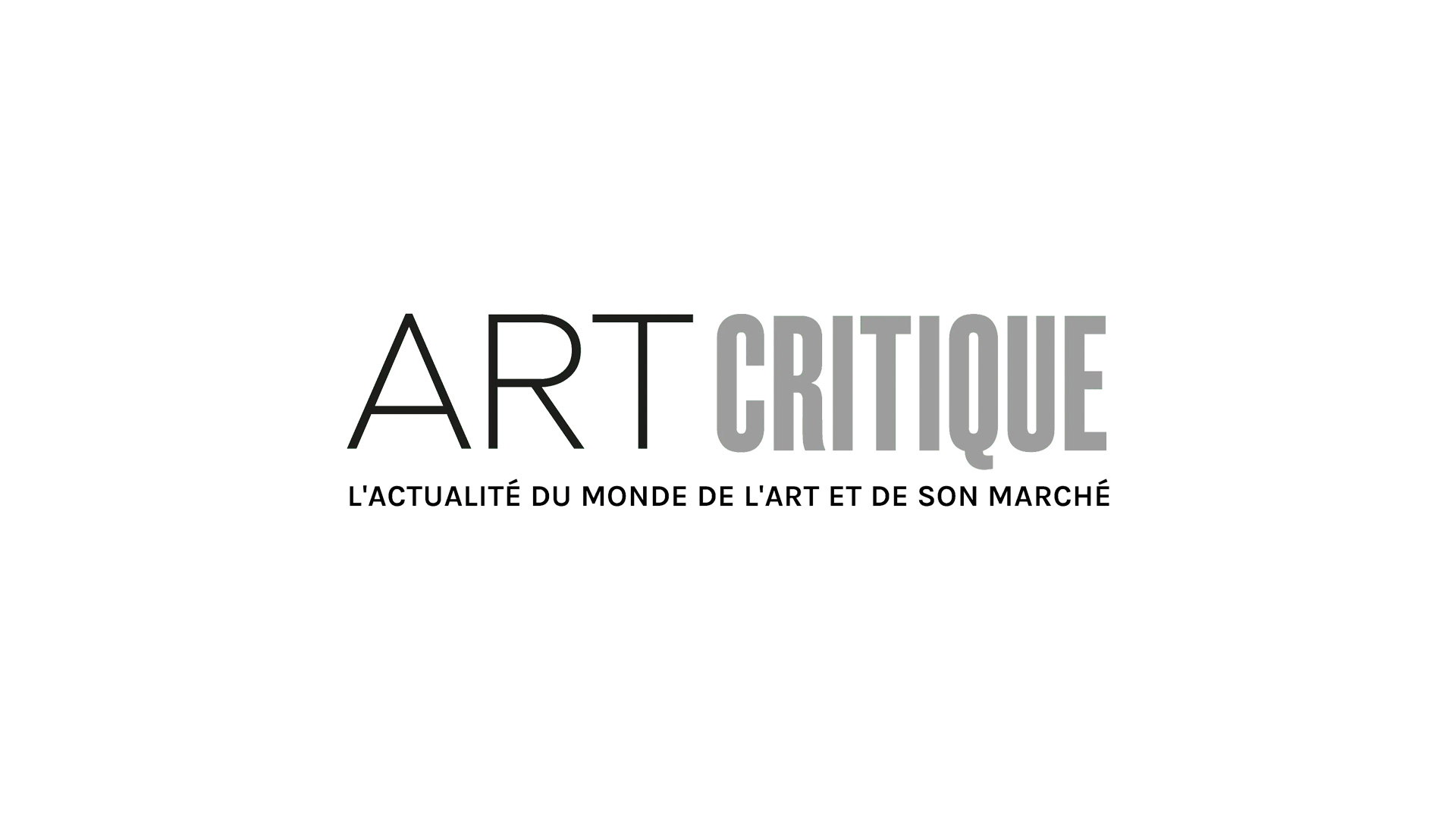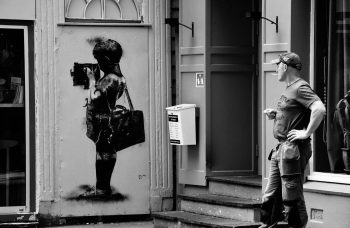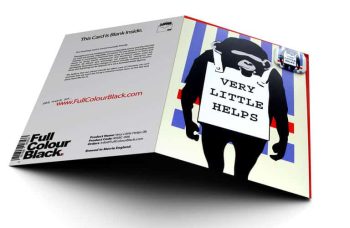
The German conceptual artist Lothar Baumgarten has passed away in Berlin at the age of 74. The artist’s death was confirmed by his gallery, Marian Goodman, which issued this statement: “… In a career spanning four decades, Lothar drew wide acclaim and respect for a singularly powerful and diverse body of work, from photography to 16mm films, slide projections, recordings, drawings, prints, artist books, short stories, as well as site-specific works, wall drawings, and architecture-related interventions. Today we mourn the loss of this extraordinary artist, a powerful writer, and a brilliant friend….”
Born in Rheinsburg, Germany, in 1944, Baumgarten lived in Berlin and New York. His interdisciplinary work, which comprised ephemeral sculpture, photographs, video, drawings and site-specific installations, questioned Western ways of thought and representation, and frequently addressed ideas around colonialism and exploring indigenous cultures and communities. “You cannot reflect your own society, unless you know a society that is remote from it,” he said in 1988. “To know that society, you don’t want to walk into it, get a Ph.D. and turn the page. You have to jump into the bushes, almost naked, as I did.”
Baumgarten, who studied with Joseph Beuys at the Kunstakademie Düsseldorf between 1969 and 1971, won wide acclaim for his politically engaged approach to conceptualism. The recipient of the Venice Biennale’s Golden Lion in 1984, he also participated in four editions of Documenta in 1972, 1982, 1992, and 1997.
His elegiac film The Origin of the Night: Amazon Cosmos, created between 1973 and 1977, is a meditation on the Brazilian rain forest and creation stories of the Tupi Indians. In it, Baumgarten intimates an exotic journey through the tropics passing from night to day and back into night. But the artist gradually reveals the forest and river to be an artifice; the footage was actually shot along the Rhine near the artist’s home in Düsseldorf.
Between 1978 and 1980, Baumgarten lived among the Yanomami people on the border between Venezuela and Brazil, producing collaborative works with people he met there. His multimedia installation Carbon (1989), for instance – a meditation on the role of industrialization in the American landscape, in particular its involvement in the displacement of American Indians – resulted from a six-month-long trek alongAmerican railroad tracks.
His 1992 Theatrum Botanicum garden, created for the Fondation Cartier pour l’art contemporain in Paris, resembles a wild meadow but was actually conceived around a structure in five geometric modules that adhere to contours of the space. Intentionally untamed, a perpetual work in progress, it is intended to offer visitors, he said, a “spectacle of nature” that reflects on the passage of time. For his 1993 installation America: Invention, he transformed New York’s Guggenheim Museum by printing the names of Native American tribes on the curves of the building’s rotunda and embedding the phrase “Borrowed land for sale” in the floor of the museum’s atrium.
One of his most important recent projects was The ship is going under, the ice is breaking through, a multichannel audio piece first presented in 2016 in Madrid. The work consisted mainly of recordings the sound of ice breaking on the banks of the Hudson River in New York. Presented in the Palacio de Cristal, a nineteenth-century glass structure run by the Reina Sofia that was originally built for an exhibition about Spain’s last colony, the Philippines, this sound work – in which something is melting, cracking, breaking apart while still remaining invisible – goes evoked forgotten histories coming to light, and a world verging on chaos.





